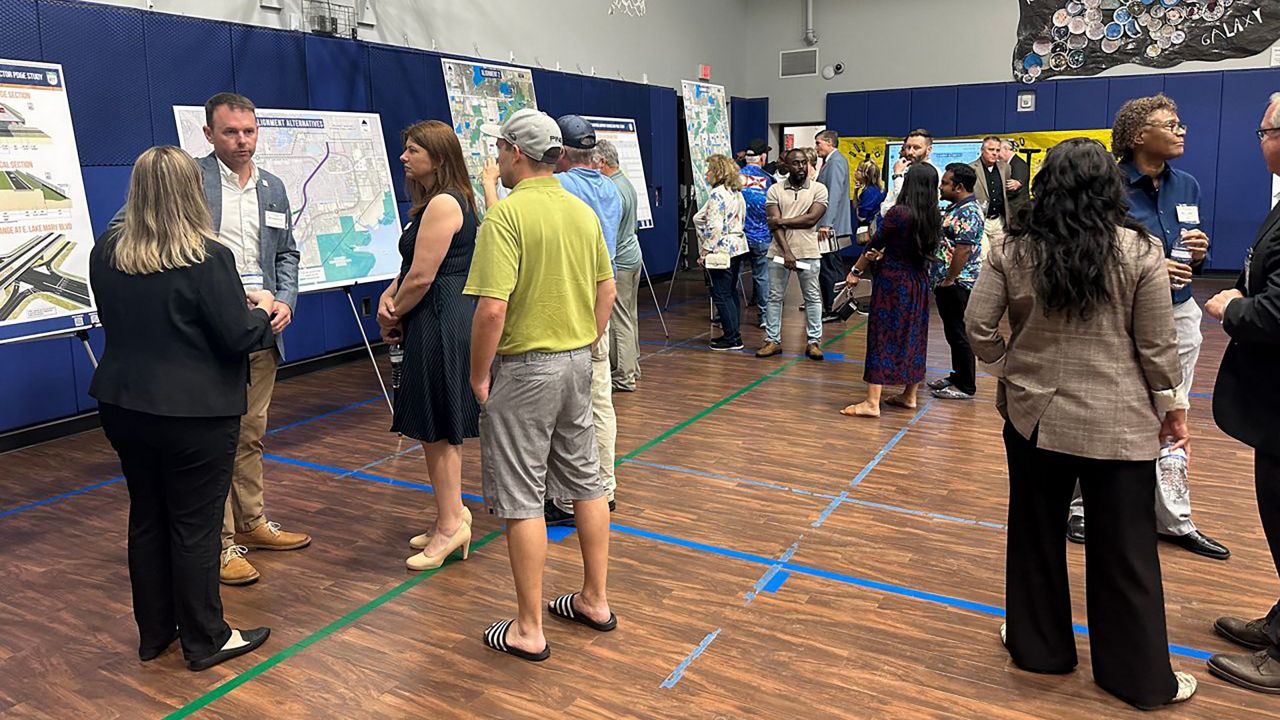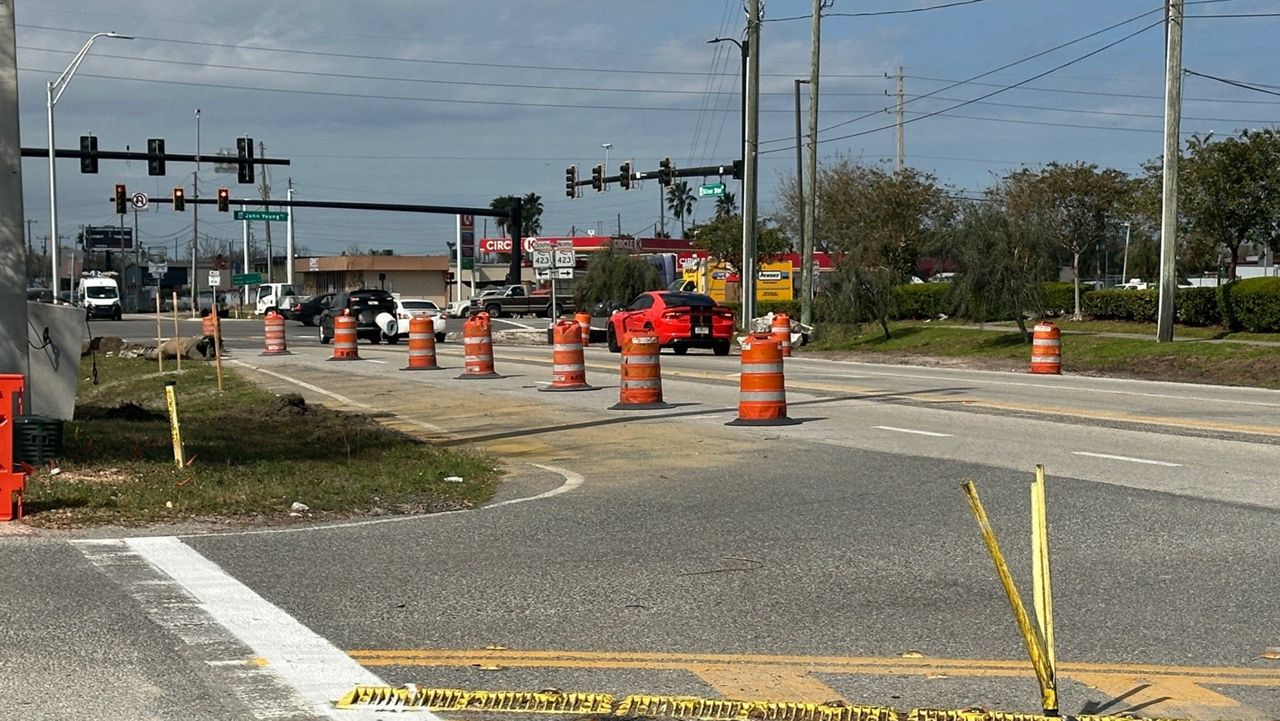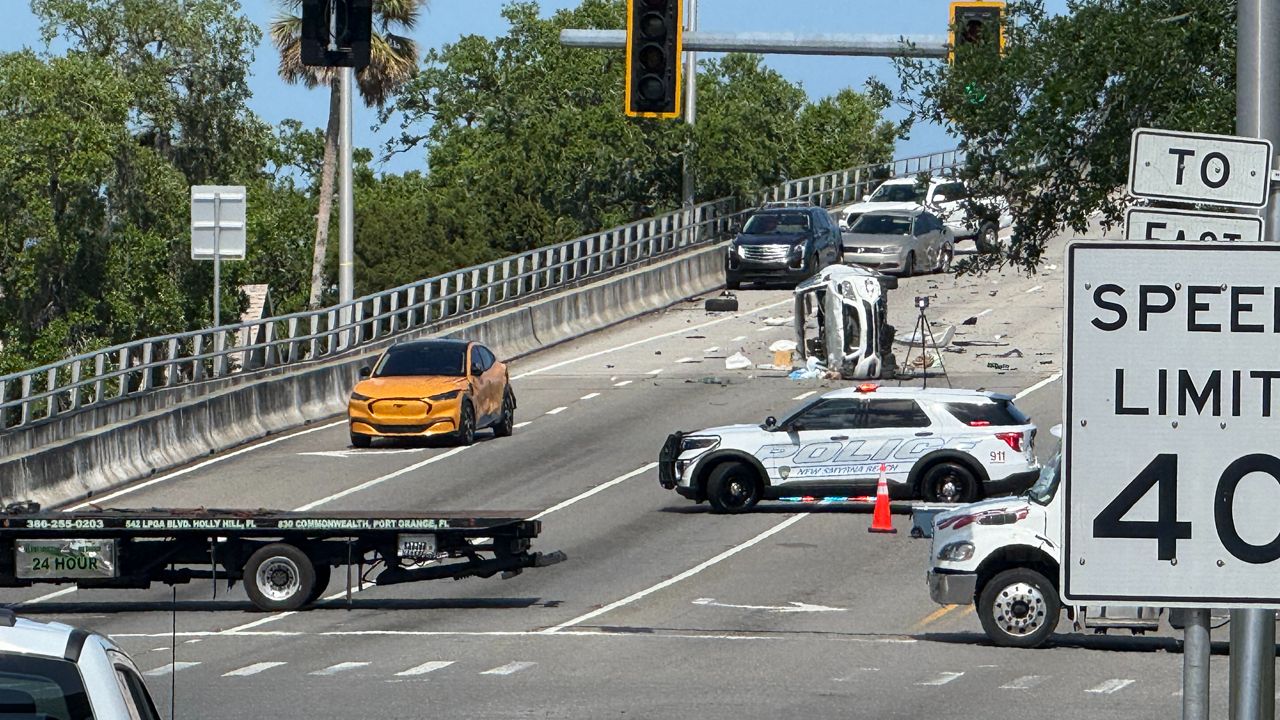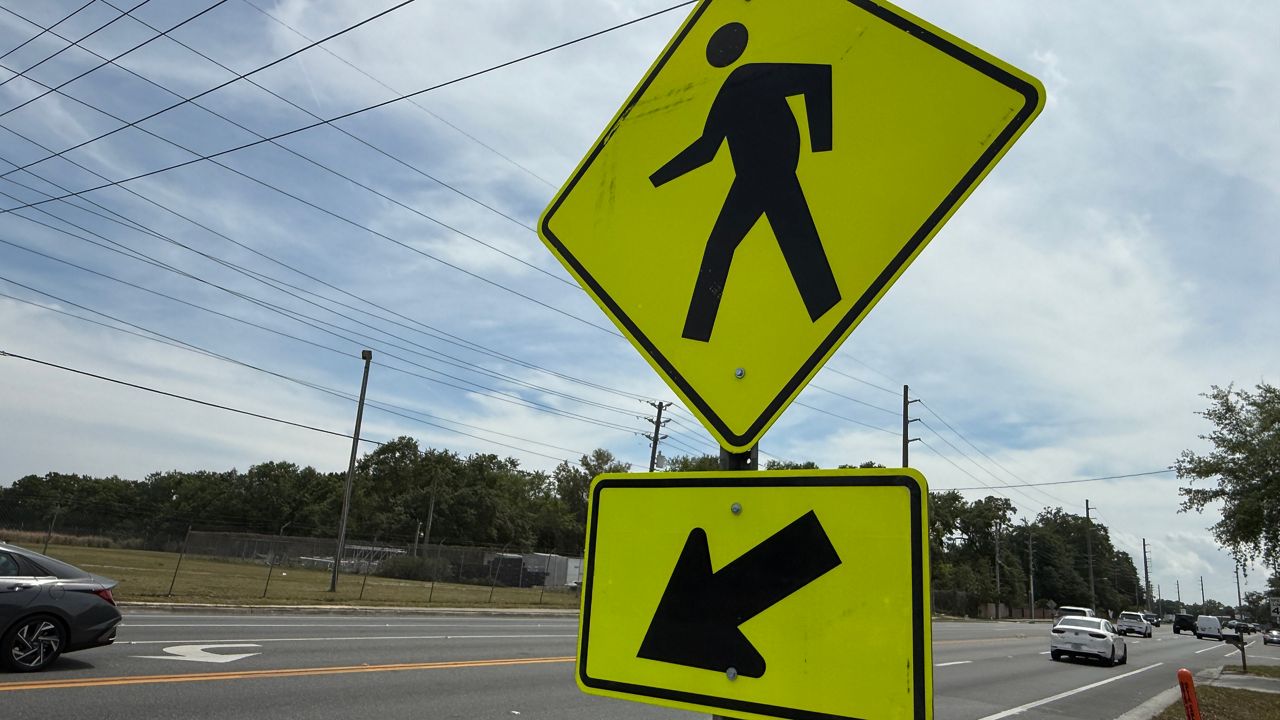ORLANDO, Fla. — SunRail marks 10 years of service on May 1, as the commuter rail line looks to a future of expansion and changes.
The Florida Department of Transportation (FDOT) found that since service began in 2014, SunRail has served more than 9,650,000 riders.
It is currently in its third year of double-digit ridership increases since the pandemic.
The pandemic did bring a big hit to SunRail’s growth as a slew of people transitioned to working from home.
“It’s clean, efficient, it’s cheap — I can’t say enough about it,” said Kevin Lawrenson, a retiree from Maitland.
Lawrenson and his wife, Carma, take SunRail whenever they have business in downtown Orlando, or want to do some shopping or exploring at the other stops along the 49 miles of track from DeBary to Poinciana.
“Taking the SunRail is the easiest way to go because there’s literally no parking downtown whatsoever,” Lawrenson said.
Work is underway to extend SunRail another 12.2 miles to the north, to the new DeLand station, which is set to open this summer.
After 10 years of operating SunRail, FDOT will hand over the reins at the beginning of next year to the five local funding partners: the city of Orlando and Osceola, Orange, Seminole and Volusia counties.
They’ll be responsible for the estimated $50 million to $65 million deficit to operate SunRail annually.
“No rail pays for itself, so we all understood that’s what’s going to occur,” said Orlando Mayor Buddy Dyer.
Dyer says the city will be responsible for more than $15 million.
Despite the financial challenges, Dyer has been one of the biggest champions for SunRail.
Before he finishes his final term in office, he wants to see construction begin on a connection to Orlando International Airport.
“The estimates are the piece to the airport will triple the ridership and we’ll have to go seven days a week, longer hours as well, so I think that’s the critical piece, getting to the airport,” said Dyer.
Just last week FDOT released a study detailing plans to connect SunRail to Orlando International Airport in the east with the Orange County Convention Center, South International Drive and Disney Springs to the west.
It’s called the Sunshine Corridor.
If just the connection to the airport was made, FDOT found 3.7 million people would ride on SunRail. Currently, a million people ride SunRail each year.
If the entire Sunshine Corridor were built, SunRail would see 6.4 million riders. The cost to build the entire project is estimated to be $3.1 billion to $4.4 billion.
Funding would depend on federal, state and local governments, along with private partners like Brightline and the theme parks.
Brightline wants to use the tracks as they have plans to connect Orlando International Airport to Tampa.
Universal Orlando has offered up land for a station near the convention center and its new Epic Universe theme park.
Orange County approved a new special district last year tied to Universal’s proposed SunRail station.
After a planned Brightline stop at Disney was nixed, Walt Disney World told Spectrum News a SunRail stop is a possibility.
“We have long been open to discussions around the proposed SunRail expansion to Disney Springs and have been engaged with state and community leaders on the topic,” a Disney spokesperson said in a statement to Spectrum News.
Next up for Sunshine Corridor are meetings between FDOT, local leaders and the Federal Transit Administration. A $5 million to $6 million project development and environment study is also on the horizon.
Polk County is also working with FDOT to look at extending SunRail, from where it currently ends in Poinciana.
Currently, FDOT is in the process of hiring a consultant firm to lead an expansion study for the first phase, which would connect Poinciana to Haines City.
Lawrenson is excited about the future of SunRail.
As someone that tries to avoid I-4, getting to the antique store in Kissimmee may have been less desirable if he had to drive on the Interstate.
“We most probably wouldn’t have come down here without SunRail,” Lawrenson said. “It’s just so convent for us.”









